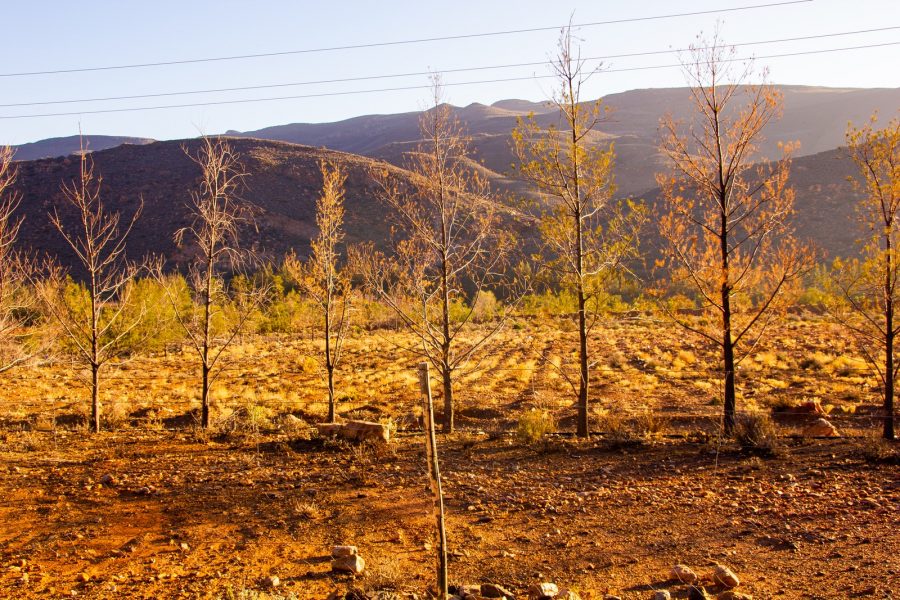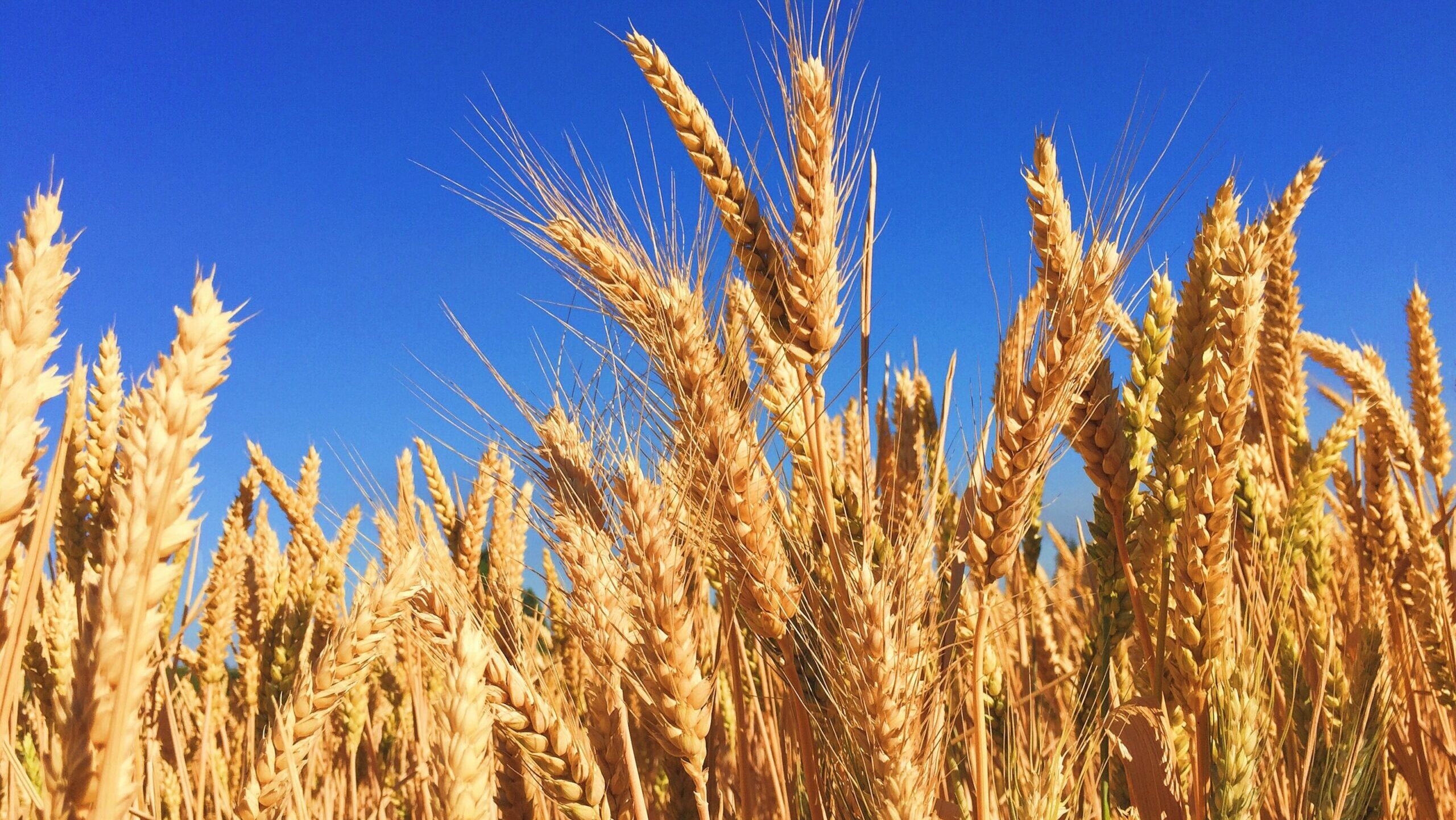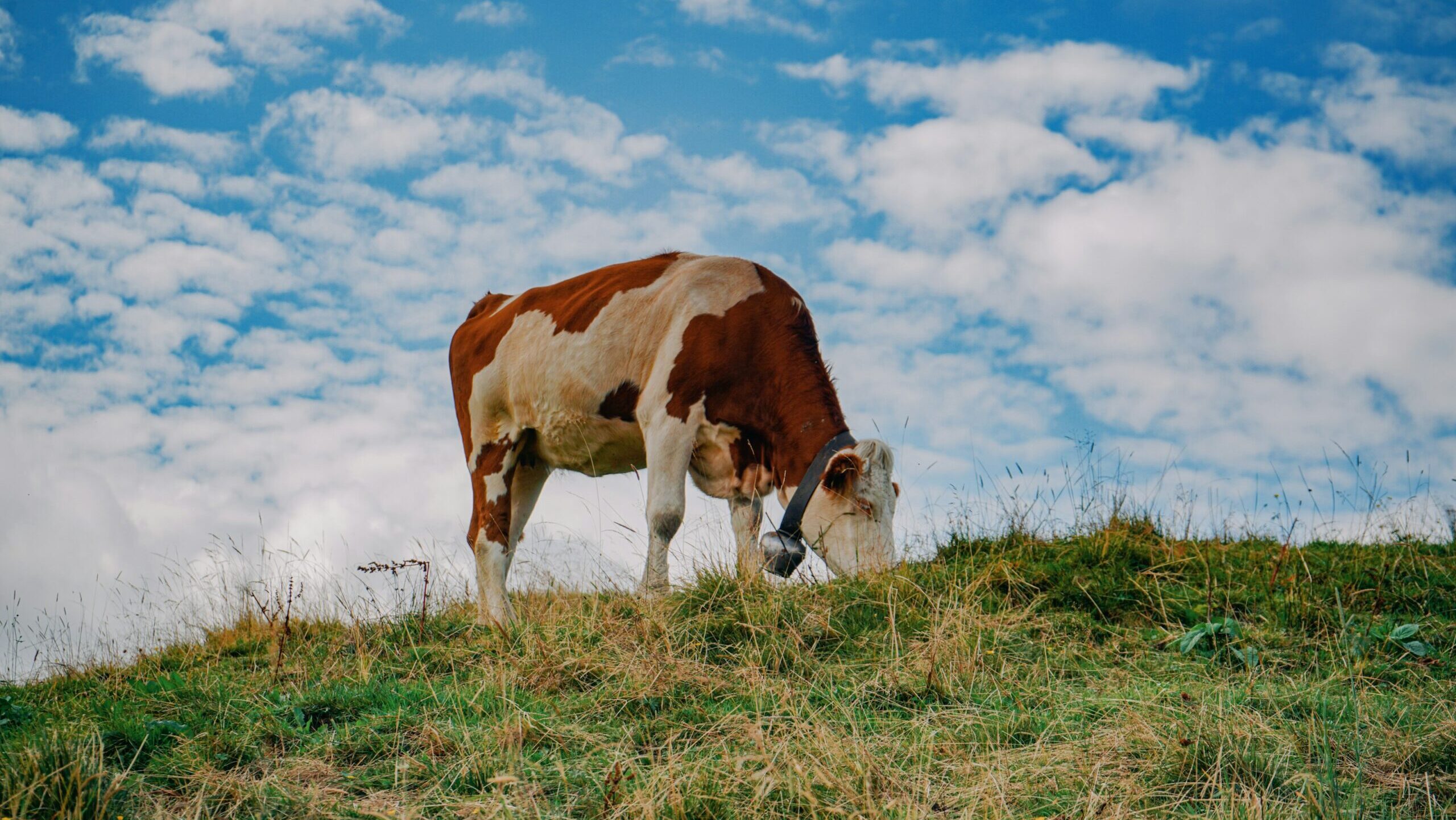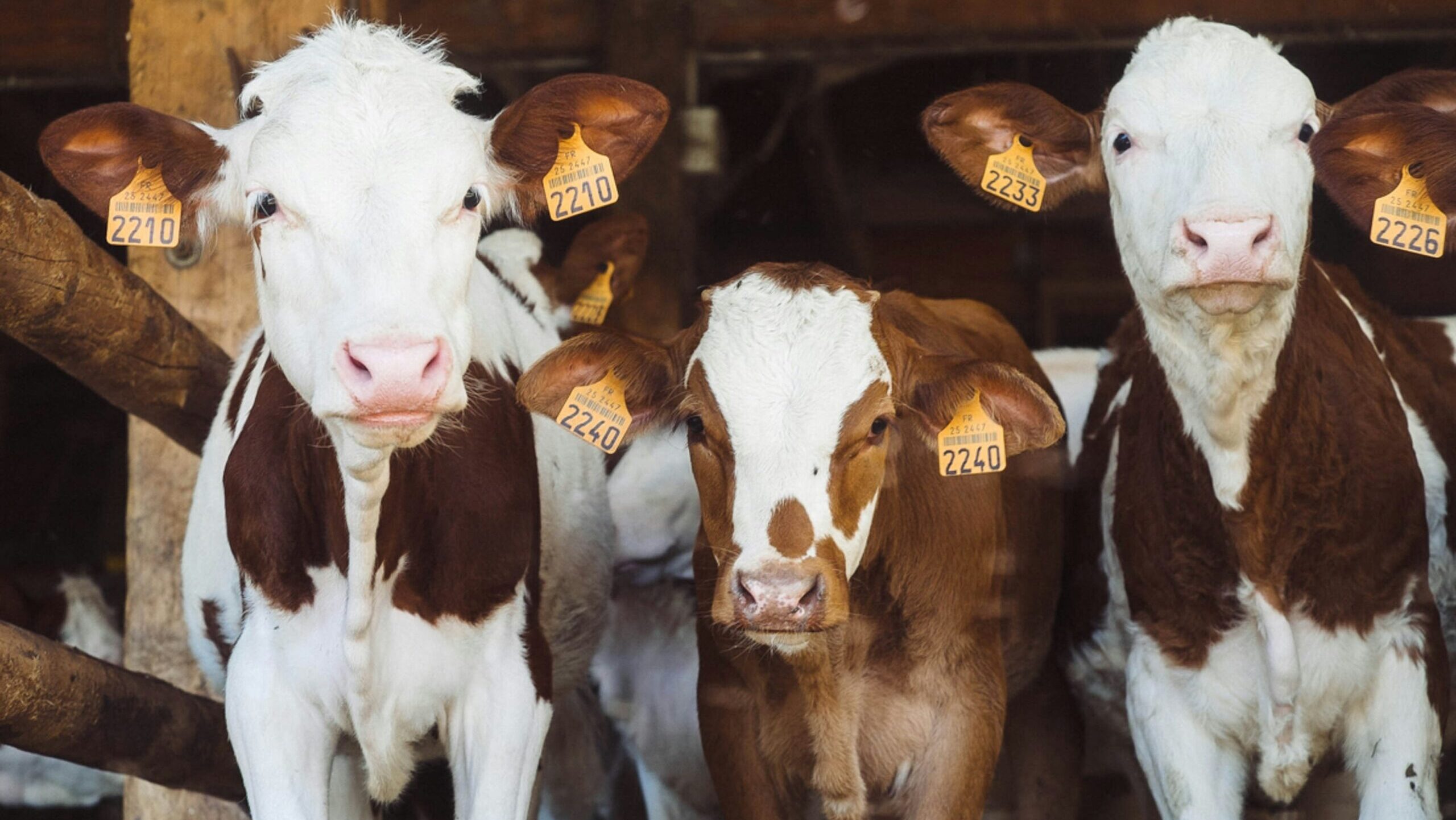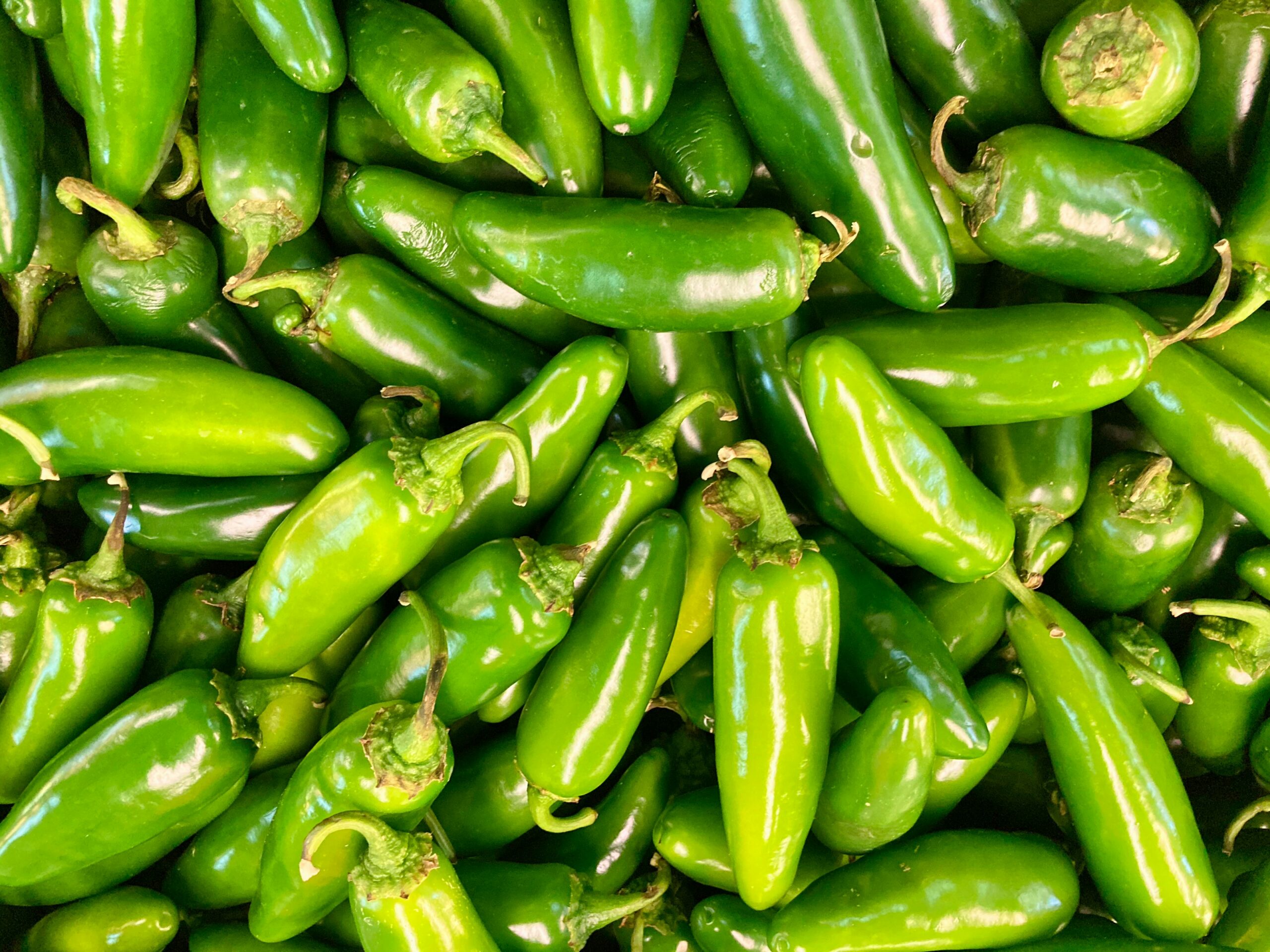Drought and an early fire season are threatening agriculture in the U.S. West and Plains, reducing hay yields, pushing feed costs higher, the Associated Press reported (July 26), and drying up water sources.
Drought conditions are rated moderate to extreme through the area, the U.S. Drought Monitor indicated.
The result has been cattle producers bringing their livestock to auction earlier than usual, trying to unload animals before prices retreat.
“Everybody is gonna be selling their cows, so it’s probably smarter now to do it while the price is up before the market gets flooded,” Utah rancher Buzz Bates told the AP. Bates was selling off 30% of his herd.
In Minnesota, the drought is threatening to empty wells, Minnesota Public Radio reported.
The drought, coupled with extreme heat, has fueled forest fires that have ravaged some 63 million acres so far, U.S. News and World Report noted.
Monsoon rains eased some conditions during the weekend in the Southwest, but they triggered flash flooding and blinding sandstorms, The Washington Post reported.
In other news:
Alexa, what’s for dinner?: The USDA announced (July 27) its first Alexa skill for parents and caregivers. Families using MyPlate Alexa can receive information on nutrition for infants and toddlers. About 20% of U.S. children suffer from obesity. The new tool is aimed at staving off diet-related illness.
COVID assistance: The USDA reports $57.7 billion was given in total financial assistance to farm operations and households in 2020. COVID-specific assistance totaled $35.2 billion, with non-COVID related programs providing an estimated $16.8 billion in additional assistance. Net indemnity payments provided $5.7 billion.
Pesticides and fertilizers: Biologicals, which represented an 11% share of use in row crops in 2020, are claiming a bigger share of the farm economy, projected to grow to 16% by 2030, experts told Agweb (July 22). Of the major categories, microbials represent the fastest growing sector.
Crop yields: Agweb estimated a corn crop yield of 185 bushels per acre or a total of 15.6 billion bushels. Carryover is projected at less than 1.5 billion bushels, producing a $5 national average for on-farm cash corn prices.
Crop report: The USDA reports 64% of the U.S. corn crop is in good to excellent condition while 58% of soybeans are rated good to excellent, Successful Farming noted (July 26). The spring wheat crop is rated as 9% good to excellent, compared with a five-year average of 11% — the worst rating since 1988.


